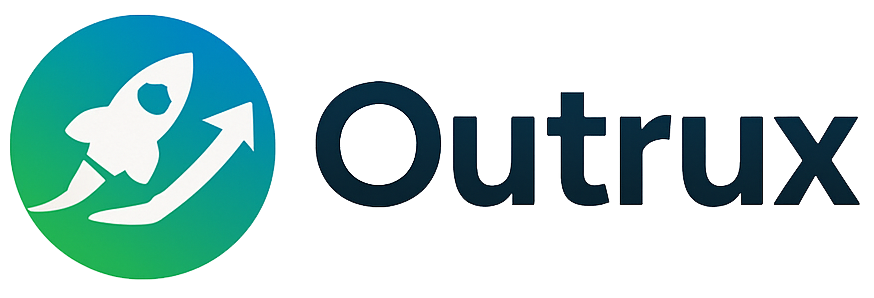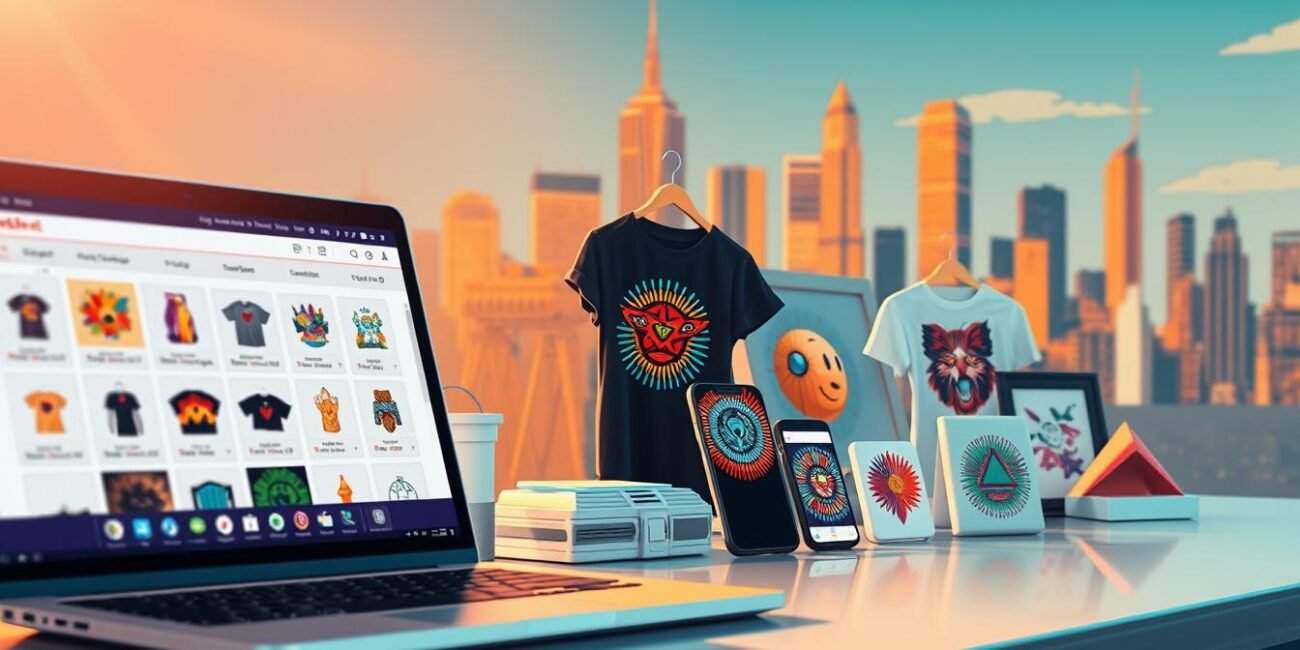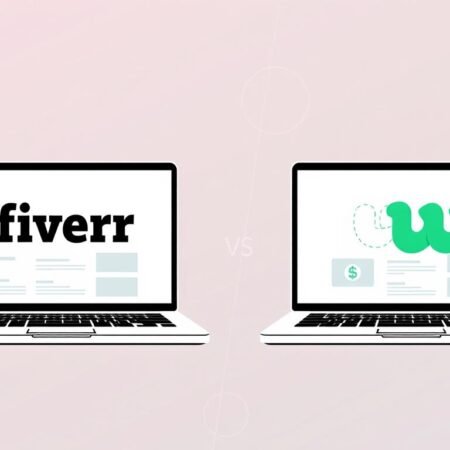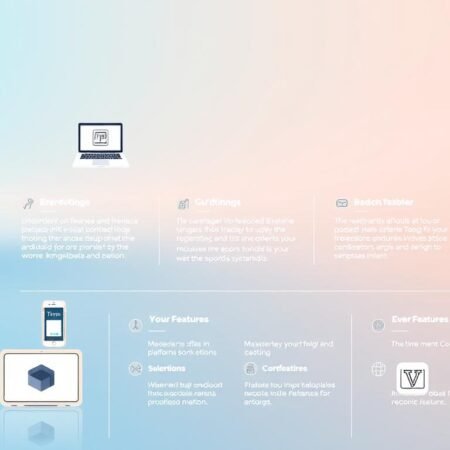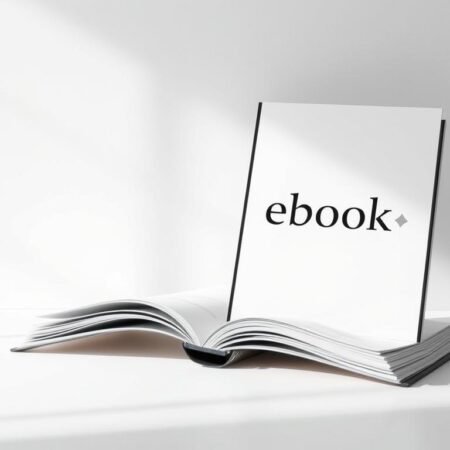The rise of AI-generated art has transformed the creative landscape, offering artists and entrepreneurs a lucrative opportunity to monetise their digital creations. With the global art market projected to continue its upward trend, leveraging AI tools to produce unique images has become an attractive venture.
Platforms like Redbubble and TeeSpring have simplified the process of turning AI art into a sustainable income stream. By utilising these platforms, creators can now focus on designing and less on the logistics of selling their art. As the demand for bespoke and personalised products grows, so does the potential for AI-generated images to become a significant revenue source.
With the technology becoming increasingly accessible, now is the perfect time to explore the possibilities of creating and selling AI-generated art, capitalising on the growing market demand and turning creativity into a profitable venture.
The Rise of AI-Generated Art as a Revenue Stream
The rise of AI-generated art has transformed the creative landscape, offering new avenues for artists to monetize their work. At ArtSmart.ai, our mission is to empower everyone, from professional digital artists to everyday doodlers, to craft stunning images, illustrations, and designs. Our AI art generator enables complex machine learning models to convert imaginations into visual reality or transform existing photos and images into artistic brilliance, helping creators make money while being their awesome selves.
AI-generated art has rapidly evolved, becoming a legitimate revenue stream for creators of all skill levels. The value of AI art lies in its uniqueness, scalability, and ability to create on-demand content that meets specific market needs. The democratisation of art creation has levelled the playing field, allowing anyone with creative vision to produce professional-quality images.
What Makes AI-Generated Art Valuable in Today’s Market
AI art is particularly valuable now due to its ability to produce unique and scalable art. Businesses and content creators are seeking fresh, custom visuals to stand out in a crowded digital landscape. The growing demand for unique visuals in personal branding, influencer marketing, and short-form video creates perfect opportunities for AI artists to make money.
| Key Features | Benefits |
|---|---|
| Uniqueness | Stands out in a crowded market |
| Scalability | Easily adaptable for various formats |
| On-demand Content | Meets specific market needs |
Tools and Skills You Need to Get Started
To excel in AI art creation, one needs essential tools like Midjourney, DALL-E, and Stable Diffusion, as well as fundamental skills such as prompt engineering, basic design principles, and understanding of target markets. By mastering these tools and skills, creators can produce high-quality art that meets market demands.
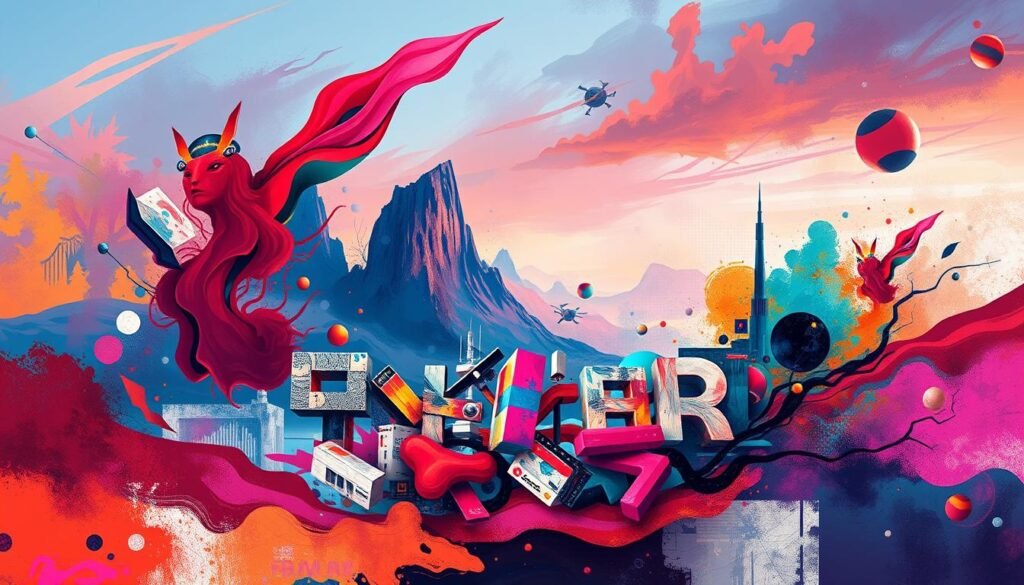
By leveraging AI-generated art, creators can explore new ways to earn money. Whether you’re a seasoned artist or a beginner, the opportunities in AI-generated art are vast and varied.
Selling AI-Generated Art on Print-on-Demand Platforms
Print-on-demand platforms offer a hassle-free way for creators to turn their AI-generated art into tangible products, such as t-shirts, mugs, and phone cases, without the need for inventory management or upfront costs.
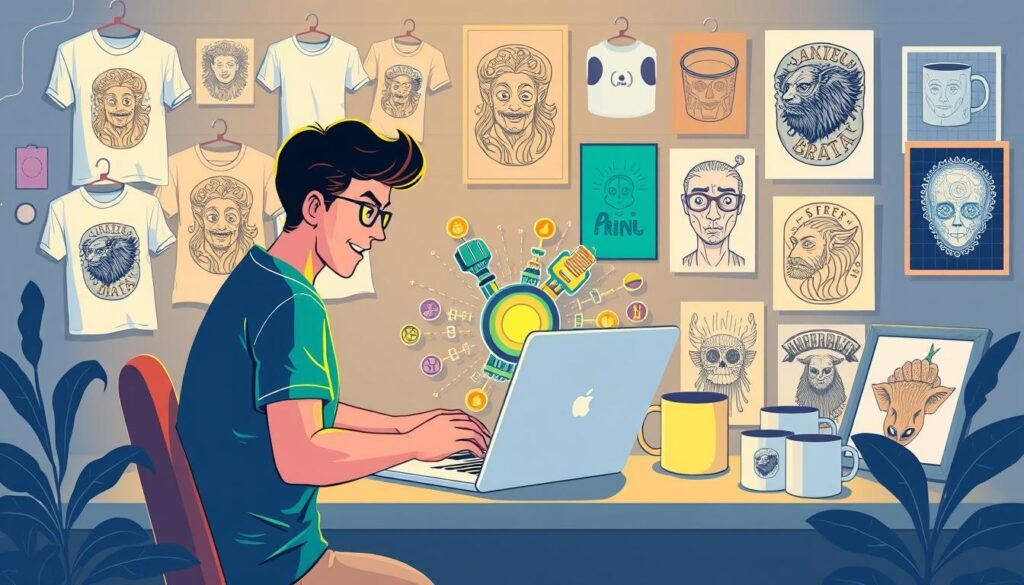
Redbubble: Setting Up Your Shop and Optimising Listings
To successfully sell AI-generated art on Redbubble, it’s crucial to set up a professional shop and optimise your listings for maximum visibility. This involves creating a compelling profile, using effective tags, and ensuring high-quality product images.
When setting up your Redbubble shop, focus on creating a cohesive brand identity that reflects your artistic style. Use relevant keywords in your profile and product titles to improve discoverability.
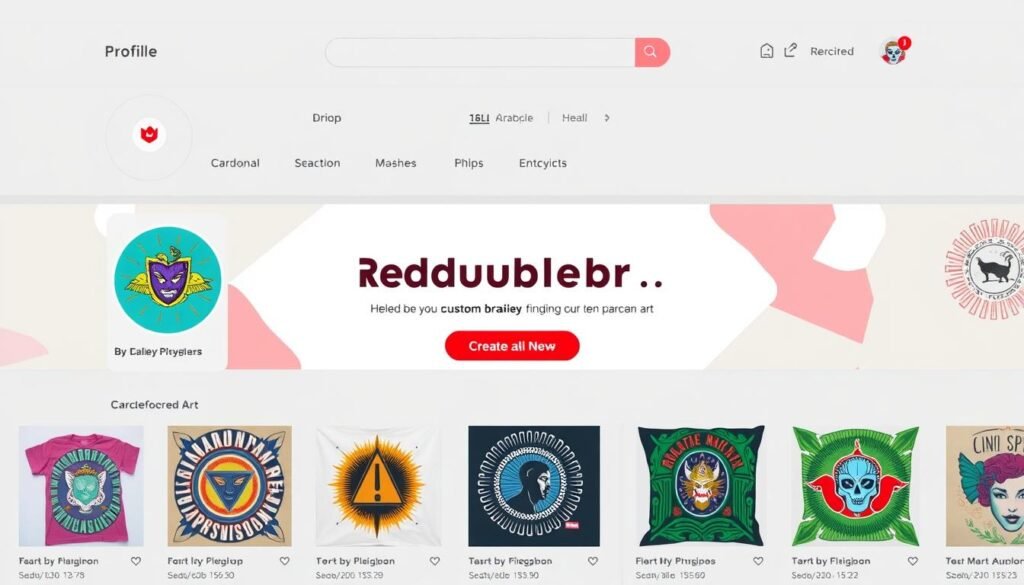
TeeSpring: Creating Profitable Merchandise
TeeSpring offers a range of opportunities for creators to produce profitable merchandise featuring their AI-generated art. By understanding the platform’s unique features and leveraging them effectively, artists can create successful product lines.
To maximise sales on TeeSpring, it’s essential to identify trending products and design compelling merchandise that appeals to your target audience. Utilise TeeSpring’s analytics tools to refine your product offerings and marketing strategies.
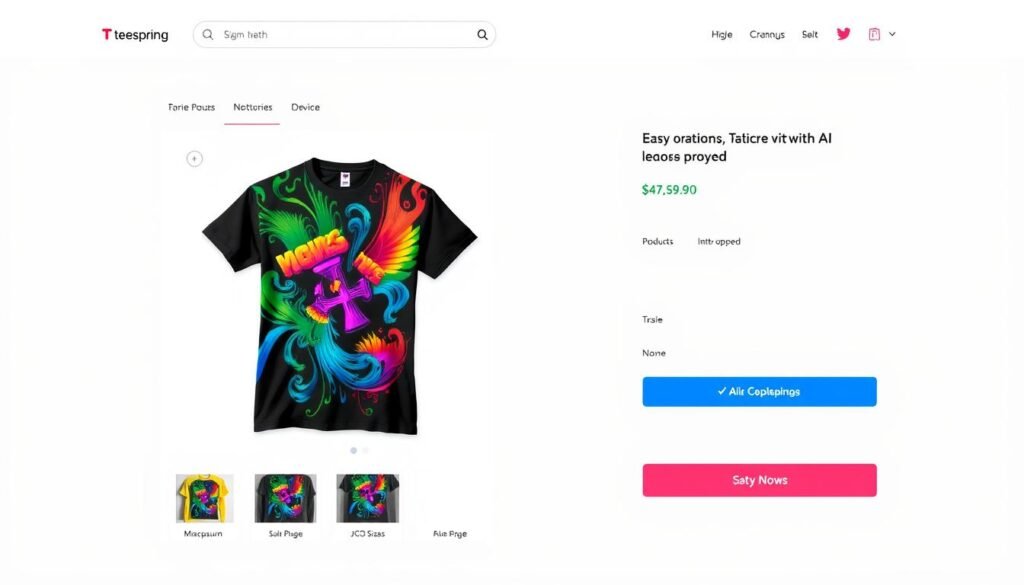
Creating and Selling NFTs with Your AI Artwork
NFTs have revolutionised the art market, providing a platform for AI-generated art to be bought, sold, and owned in a unique digital format. By tokenizing your art as NFTs, you can tap into a global audience seeking exclusive, blockchain-certified ownership of unique pieces.
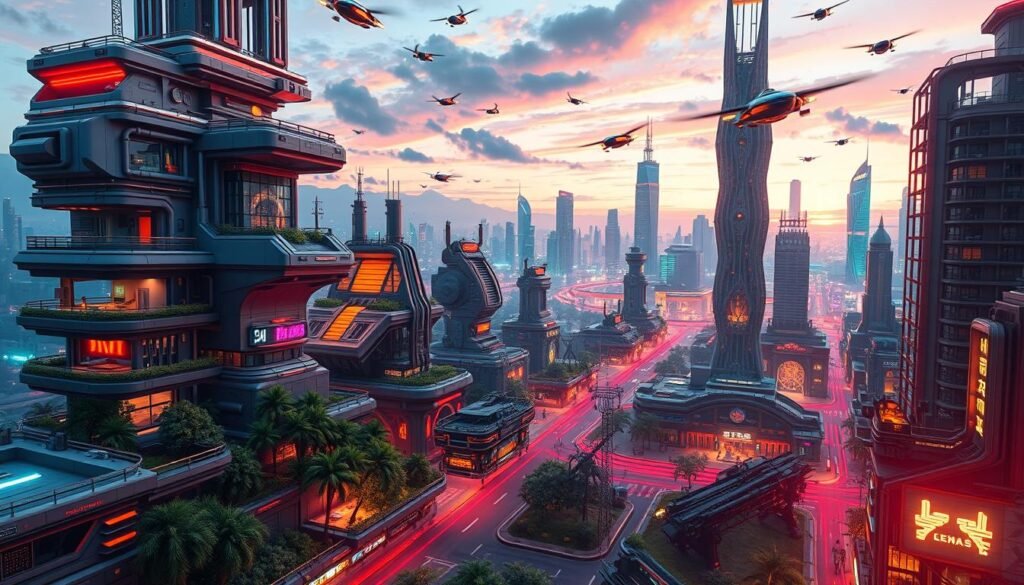
Top NFT Marketplaces for AI Artists
The NFT ecosystem is supported by various marketplaces that cater to AI-generated art. Platforms like OpenSea, Foundation, Rarible, and SuperRare are popular among AI artists. Each platform has its unique features and fee structures, so it’s essential to explore and determine which one best suits your artistic style and business goals.
For instance, OpenSea is one of the largest NFT marketplaces, offering a wide range of digital art. To get started, you can create a digital wallet, connect it to OpenSea, and begin minting your NFTs.
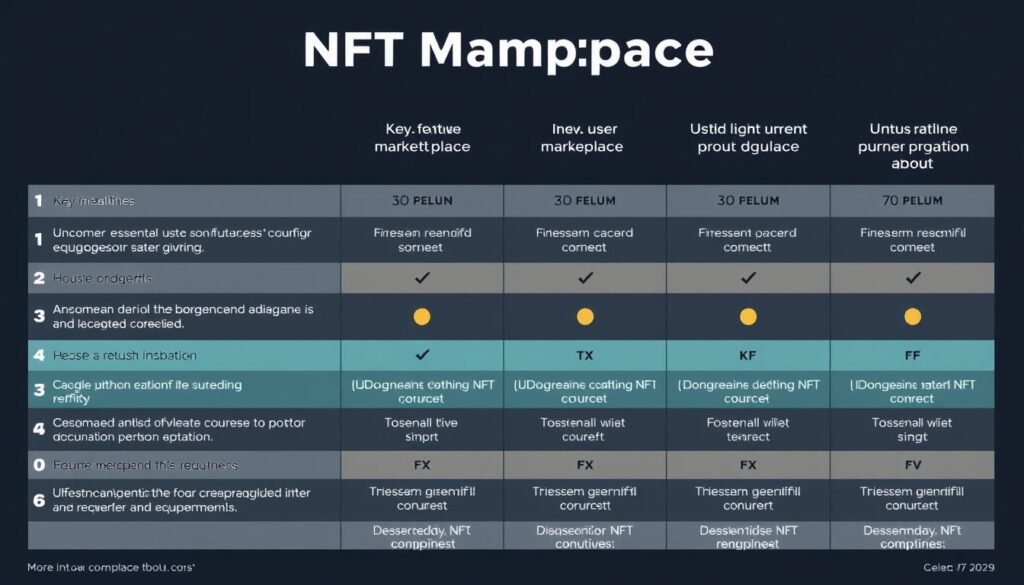
Pricing Strategies and Promotion Tips
Pricing your AI art NFTs requires a strategic approach. Consider creating limited editions, collections, and rarity tiers to increase the perceived value. Building a compelling narrative around your artwork can also enhance its appeal to potential buyers.
Effective promotion is also crucial. Leveraging social media platforms to showcase your art and engaging with the NFT community can significantly boost your visibility and sales. Understanding the technical aspects of minting NFTs, including gas fees and blockchain selection, is also vital.
By mastering these elements, you can successfully monetise your AI-generated art in the NFT market.
Licensing Your AI-Generated Images
AI-generated images can be licensed to businesses, providing a steady stream of income with minimal ongoing effort. This approach allows creators to monetize their work without directly handling sales or customer interactions. By understanding the licensing process and preparing your images accordingly, you can tap into a lucrative market.
Licensing your AI-generated images is a viable strategy for generating passive income. As businesses and media outlets increasingly seek unique and versatile visuals, the demand for high-quality AI-generated images is on the rise. To capitalize on this trend, it’s essential to understand the various licensing models and platforms available.
Stock Photo Websites That Accept AI Art
Several major stock photo websites now accept AI-generated images, including Adobe Stock, Shutterstock, and Freepik. To get started, make sure your images meet the specific requirements of each platform, including resolution, metadata, and keyword optimization.

When preparing your AI images for stock platforms, it’s crucial to understand the technical requirements and optimize your images with relevant keywords. This will enhance the visibility of your images and increase their appeal to potential buyers.
Commercial Licensing Deals with Brands
Approaching businesses directly for exclusive commercial licensing deals can be more lucrative than relying on stock platforms. To succeed, you need to create AI images that specifically target commercial needs in marketing, advertising, and corporate communications.
Understanding the legal considerations when licensing AI-generated photos is also vital. This includes proper disclosure of AI usage and ensuring you retain intellectual property rights. By mastering these aspects, you can create versatile image collections that appeal to a wide range of clients and business sectors, thereby maximizing your licensing potential.
Building Your Own AI Art Portfolio Website
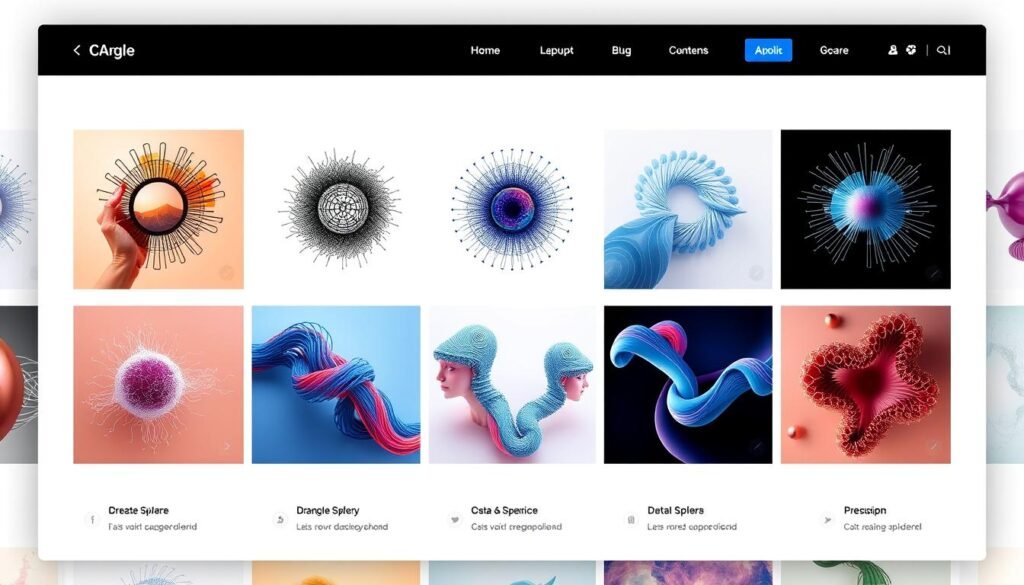
To stand out in the competitive AI art market, building a professional portfolio website is vital. Establishing your own platform gives you maximum control over your AI art business, including pricing, presentation, and customer relationships.
Essential Elements for a Professional Portfolio
Every professional AI artist’s website should include high-quality image galleries, an artist statement, licensing information, and secure e-commerce functionality. When selecting a platform to host your site, consider options like Squarespace, WordPress, or dedicated portfolio sites such as Behance or ArtStation.
Organising your AI artwork into cohesive collections that showcase your unique style and technical capabilities is also crucial. This helps in creating a compelling online presence that attracts potential buyers.
Driving Traffic and Converting Visitors into Buyers
To drive targeted traffic to your website, implement effective marketing strategies through media channels, content marketing, and collaborations. Understanding your target audience and tailoring your content to their preferences can significantly enhance your online visibility.
Conversion optimisation techniques, such as clear calls-to-action and streamlined checkout processes, are essential for turning website visitors into paying customers. Building an email marketing list from your website visitors can create ongoing relationships and repeat sales opportunities, enriching your overall customer experience.
Offering Custom AI Art Commissions
The demand for custom AI-generated art is on the rise, presenting a unique business opportunity for artists. By offering custom commissions, you can create a steady income stream while building valuable client relationships and diversifying your portfolio.
Setting Your Pricing Structure
To successfully offer custom AI art commissions, it’s crucial to set a pricing structure that reflects the value you bring to clients. Consider factors such as complexity, usage rights, exclusivity, and turnaround time when determining your prices. Structuring your commission offerings into tiers or packages can make it easier for clients to understand your services and choose the best option for their needs.
For instance, you could offer a basic package for simple designs and a premium package for more complex projects with additional revisions. This tiered approach allows you to cater to a wide range of clients and increase your average sale value.
Marketing Your Commission Services
Effective marketing is key to attracting clients for your custom AI art commission services. Utilise specialised marketplaces and social media groups to showcase your work and connect with potential customers. Leverage testimonials and case studies from satisfied clients to build credibility and attract higher-paying commission work.
When marketing your services, focus on communicating the unique value proposition of AI-generated commissions, including speed, iterative capabilities, and customisation options. By highlighting these benefits, you can differentiate yourself from other artists and attract clients looking for high-quality, custom AI-generated art.
Make Money with AI-Generated Art Through Niche Products
Monetising AI-generated art through niche products is a lucrative opportunity for creators. By transforming their art into specialised products, they can tap into new and profitable markets.
Creating Stickers, Coloring Books, and Calendars
AI-generated art can be creatively repurposed into various niche products such as stickers, coloring books, and calendars. These items are not only affordable and widely appealing but also easy to produce, making them an excellent choice for creators looking to diversify their offerings.
To create high-quality sticker collections, one can use AI art that appeals to specific communities, fandoms, or aesthetic preferences. For instance, designing stickers with popular meme characters or trending themes can attract a significant following.
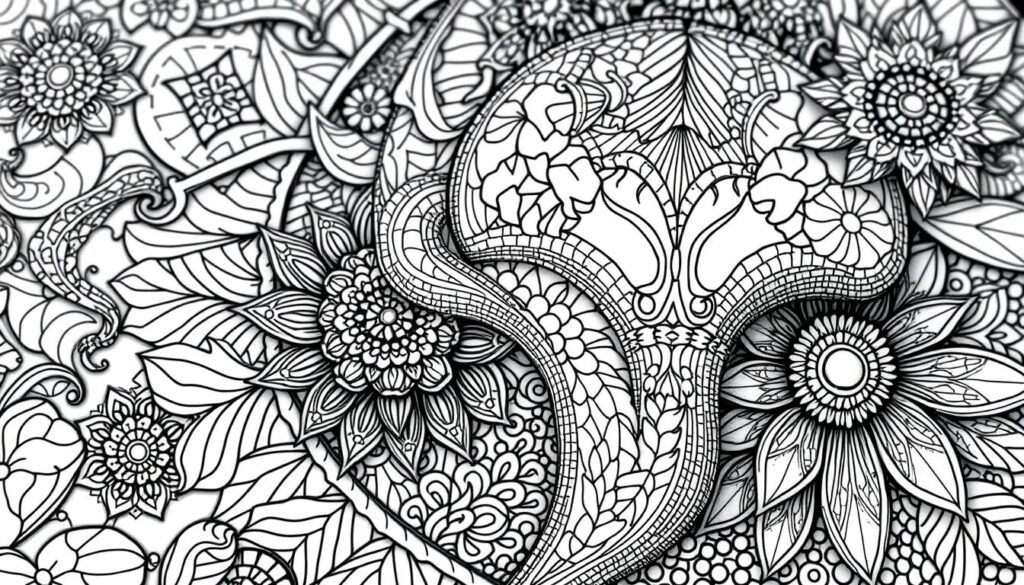
The market for AI-generated coloring books is also growing, with creators able to design pages that offer the right level of detail and appeal for different age groups. Understanding the target audience is crucial for maximising sales.
Marketing Strategies for Niche Products
Effective marketing strategies are essential for the success of niche products. Creators should identify and engage with specific communities where their designs will resonate. Leveraging social media platforms and online forums can help in reaching the target audience.
Highlighting the uniqueness of AI-generated art as a selling point can also attract potential buyers. By emphasising the innovative nature of their offerings, creators can differentiate their products in a competitive market.
Analysing sales data to identify the most successful niche products and iterating on designs can further maximise revenue potential. This data-driven approach allows creators to refine their offerings based on consumer preferences.
Designing Marketing Materials for Local Businesses
As a creator of AI-generated art, you can capitalise on the growing need for visually appealing marketing materials among local businesses. Local businesses, such as cafés, boutiques, or event companies, often require compelling images to attract and retain customers. By offering AI-assisted design services, you can create professional-quality marketing materials like flyers, posters, and social media promotions quickly and affordably.
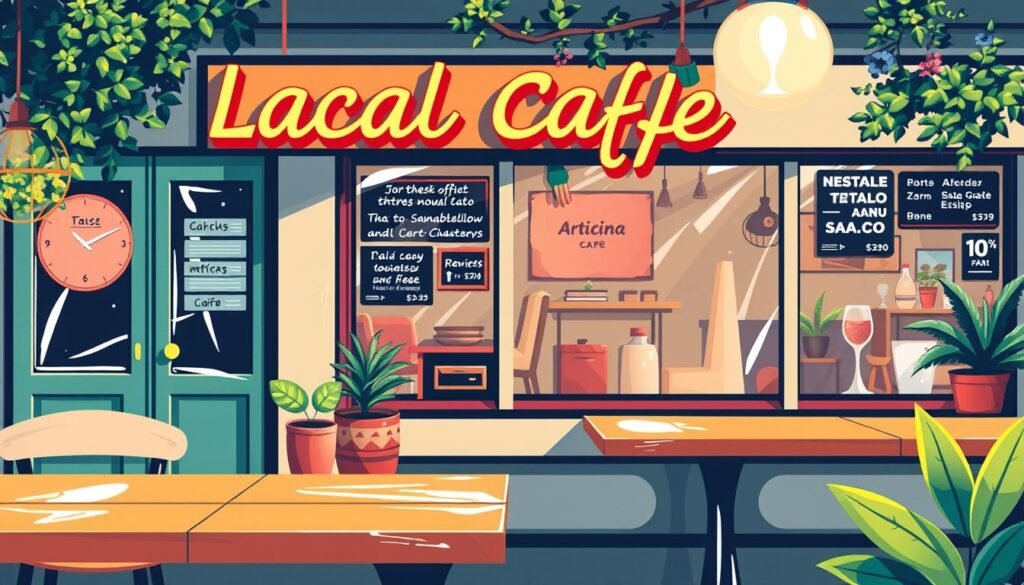
Creating Flyers, Posters, and Social Media Content
To effectively design marketing materials for local businesses, you need to understand their specific needs. This involves using AI image generation tools to create tailored visuals that align with their brand identities. For instance, a boutique might require elegant, high-fashion images, while a café might need warm, inviting visuals.
Designing cohesive social media content packages is also crucial. This helps local businesses maintain consistent visual branding across platforms. You can create a series of images that tell a story or promote a specific product or service, ensuring that the visual impact is maintained across different formats and sizes.
Finding and Pitching to Local Clients
Identifying and approaching potential local business clients requires a strategic approach. Start by preparing a professional portfolio that showcases your AI-generated art and the value it can bring to their marketing efforts. Develop a clear value proposition that highlights the cost-effectiveness and quality of your services compared to traditional design services.
Building ongoing relationships with local business clients can be achieved through subscription packages or retainer arrangements for regular content creation. This not only provides a steady income stream but also helps you understand their evolving needs and preferences.
Developing Storyboards for Advertising Agencies
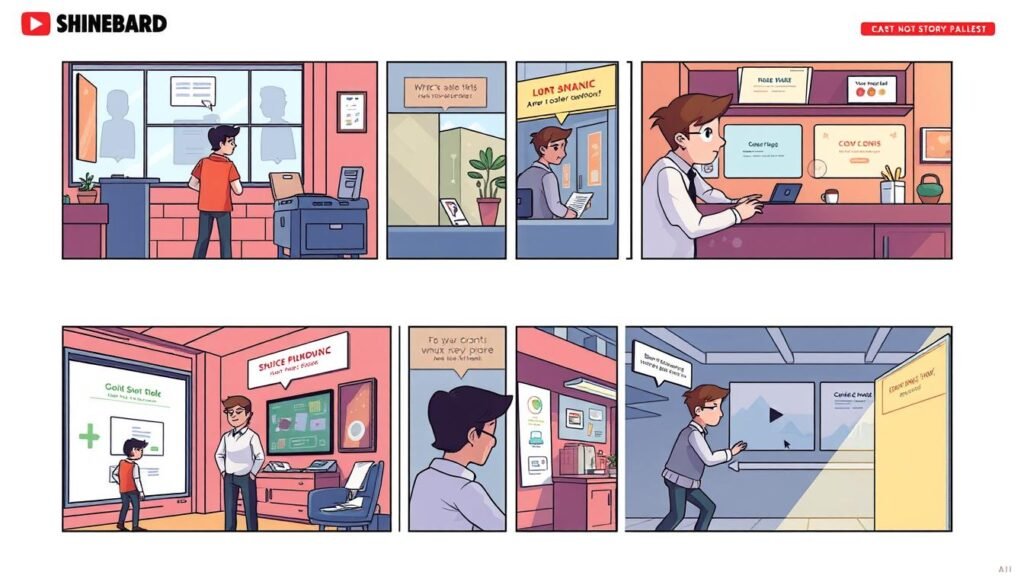
Advertising agencies are increasingly turning to AI-generated art to create compelling storyboards that captivate audiences. Storyboards are essential tools that provide a visual blueprint for campaigns, and selling AI-generated visuals for this purpose requires a blend of creativity, experience in ad making, and practicality.
What Agencies Look for in Storyboard Visuals
When creating storyboards for advertising agencies, it’s crucial to understand what they look for in visuals. Agencies typically require storyboard visuals that effectively communicate emotion, movement, and brand messaging. This involves careful consideration of scene composition, character representation, and visual storytelling elements.
To meet these needs, AI artists must be adept at using AI tools to quickly generate multiple concept variations that help advertising creatives visualize campaign ideas before production. Technical specifications such as resolution, aspect ratios, and file formats are also critical.
Building Relationships with Ad Agencies
To succeed in selling AI-generated storyboards to advertising agencies, building strong relationships is key. This involves identifying and approaching agencies that are receptive to AI-generated storyboard services and positioning your AI art services as a cost-effective and time-saving solution.
By demonstrating reliability, understanding of marketing objectives, and quick adaptation to feedback, AI artists can build long-term relationships with advertising professionals. This not only leads to repeat business but also opens up opportunities for future collaborations.
As the demand for AI-generated art in advertising continues to grow, mastering the art of creating compelling storyboards will be a valuable skill for AI artists looking to tap into this lucrative market.
Teaching AI Art Creation Through Online Courses
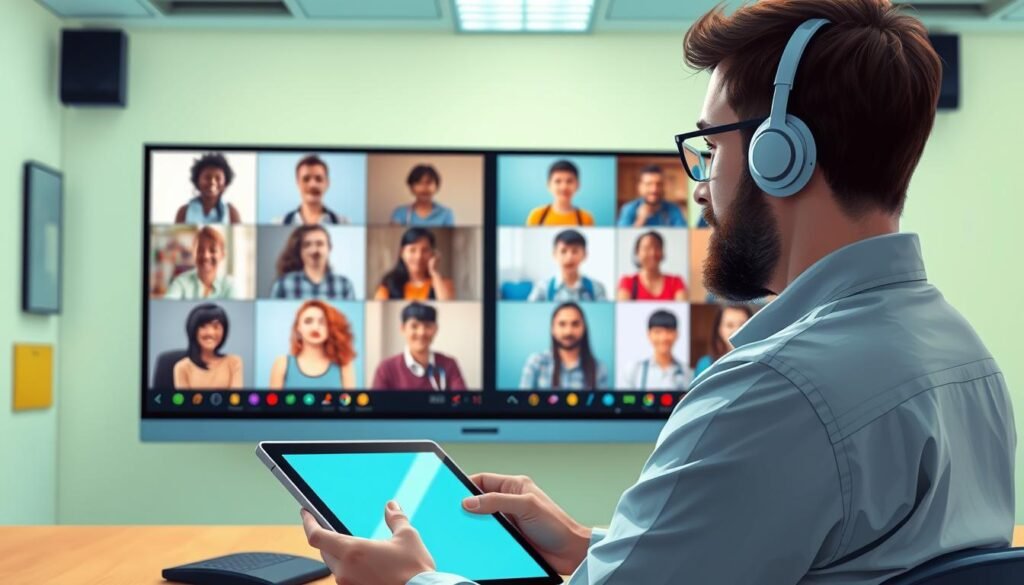
As AI art continues to gain popularity, teaching others this skill can become a substantial income stream. With the right knowledge and tools, you can create comprehensive online courses that cater to different skill levels, from beginners to advanced artists.
To get started, you’ll need to decide on a platform to host your courses. Popular options include Udemy, Skillshare, Teachable, and Podia, each with its own advantages. For instance, Udemy offers a large user base, while Teachable provides more control over course pricing and content.
Platforms for Hosting Your Courses
When choosing a platform, consider factors such as course pricing, content flexibility, and user interface. Udemy, for example, has a
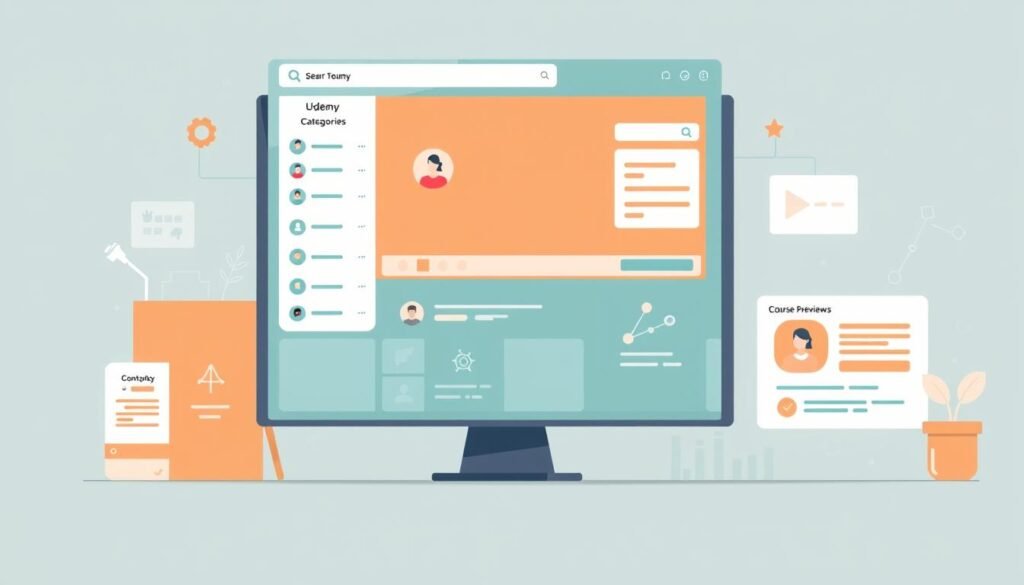
straightforward interface, while Podia offers more flexibility in course creation.
Skillshare and Teachable are other viable options, with Skillshare focusing on creative courses and Teachable providing robust course-building tools.
Creating Engaging Course Content
To create engaging course content, focus on balancing technical instruction with creative inspiration. Use screen recordings, before-and-after examples, and step-by-step prompt engineering to demonstrate AI art techniques effectively.
By structuring your course to cater to different skill levels and using engaging content, you can establish yourself as an authority in the AI art space and attract more students.
Effective course content can help you make money by attracting more students and establishing your brand in the market. With the right platform, you can reach a wider audience and increase your earning potential.
Becoming an AI Art Influencer
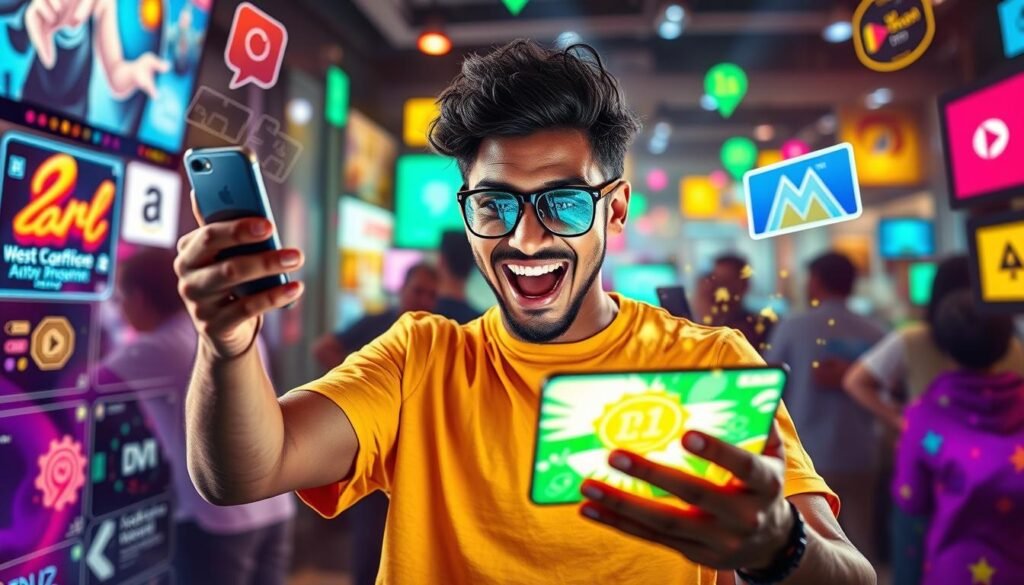
With the rise of AI-generated art, there’s a growing demand for influencers who can showcase this unique creative process. Becoming an AI art influencer allows you to leverage your online presence to promote AI art tools, share your creative journey, and connect with a wider audience.
Building Your Social Media Presence
To establish yourself as an AI art influencer, you need to build a strong presence on social media platforms such as Instagram, YouTube, and Twitter. Focus on creating high-quality content that showcases your AI-generated art, shares your creative process, and provides valuable insights into the world of AI art.
Develop a distinctive style and voice to stand out in the growing community of AI art creators. Utilise platform-specific strategies to maximise your reach and engagement. For instance, Instagram is ideal for showcasing visual content, while YouTube can be used for in-depth tutorials and behind-the-scenes stories.
Monetisation Strategies for Influencers
Once you have built a significant following, you can explore various monetisation strategies. These include sponsored posts, where brands pay you to promote their AI art tools or related products. You can also engage in affiliate marketing, earning a commission for each sale made through your unique referral link.
Additionally, consider creating and selling digital products, such as e-books on AI art creation or exclusive online courses. You can also offer premium content or membership programs for your most dedicated followers, providing them with exclusive benefits and insights into your creative process.
By becoming an AI art influencer, you can turn your passion into a profitable career, leveraging your online presence to generate income and build a community around your art.
Common Challenges and How to Overcome Them
While AI-generated art offers a promising avenue for creative expression and income, it is not without its challenges. Creators must navigate a complex landscape of legal, technical, and market-related issues to succeed.
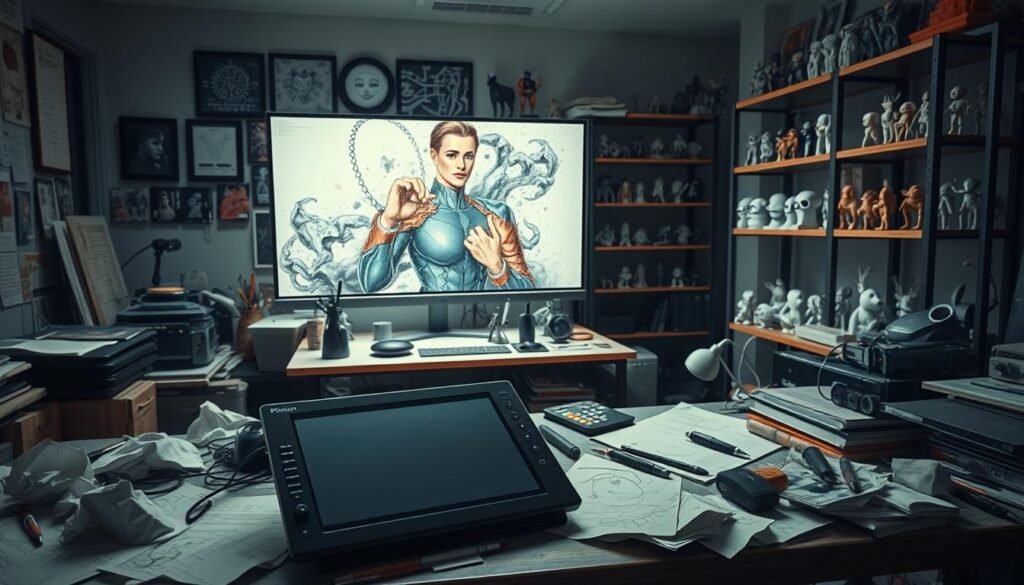
Legal Considerations for AI Art Creators
One of the primary concerns for AI art creators is understanding the legal landscape. This includes copyright considerations and attribution requirements. To mitigate potential legal issues, creators should make sure to disclose the AI-generated nature of their work to maintain transparency with clients and platforms. Understanding platform-specific policies is also crucial, as these can vary significantly between different marketplaces and stock photo websites.
- Understand the evolving legal landscape surrounding AI-generated art.
- Learn how to properly disclose the AI-generated nature of your work.
Standing Out in a Competitive Market
The AI-generated art market is becoming increasingly crowded, making it essential for creators to differentiate their work. Developing a signature style or focusing on underserved niches can help artists stand out. Additionally, mastering the art of prompt engineering can lead to more unique and predictable results from AI image generation tools like Midjourney, DALL-E, and Stable Diffusion.
- Explore strategies for differentiating your AI art.
- Discover techniques for overcoming the technical limitations of current AI tools.
By addressing these challenges head-on and leveraging the right skills and tools, AI art creators can not only survive but thrive in this competitive landscape, ultimately driving sales and enhancing their marketing efforts.
Conclusion: Building a Sustainable Income with AI Art
As we navigate the ever-evolving landscape of AI-generated art, it’s clear that the potential for profit is vast. By leveraging various tools and exploring multiple revenue streams, artists can turn their creativity into a sustainable business.
To succeed, it’s essential to diversify your income streams across different platforms like Redbubble, TeeSpring, and NFT marketplaces. This not only helps in building resilience but also maximises your earning potential. Engaging with your audience on social media can further amplify your reach and help you make money through various channels.
By combining different approaches—such as print-on-demand, NFTs, teaching, and influencer marketing—you can create a stable income. Continuously adapting your strategies as AI tools evolve and market preferences change is crucial. Reinvesting in your skills, content, and marketing will help grow your AI art business over time. With the right blend of technical skill, creative vision, and business acumen, you can achieve success in the AI art space and secure a sustainable income.

